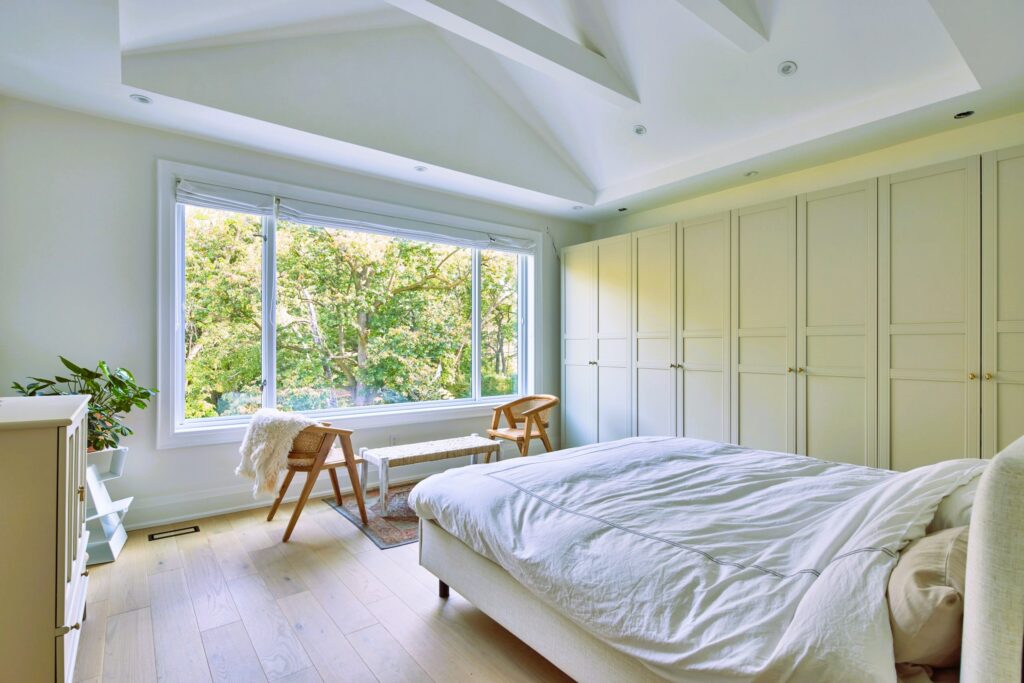As sustainability and environmental consciousness take center stage, the choices we make in our homes play a pivotal role in reducing our carbon footprint. When it comes to energy efficiency, windows are not to be underestimated. Energy-efficient windows are more than just a trend – they are a significant step towards creating a greener, more eco-friendly home. In this article, we will explore the importance of energy-efficient windows, their benefits, and how they contribute to a sustainable lifestyle.
1. Understanding Energy Loss
Windows are points of vulnerability in terms of energy loss. Poorly insulated windows can result in heat escaping during winter and entering during summer. This forces heating and cooling systems to work harder, leading to increased energy consumption and higher utility bills.
2. The Role of Energy-Efficient Windows
Energy-efficient windows are designed to mitigate energy loss by employing advanced technologies and materials. These windows feature multiple glazing layers, low-emissivity (low-E) coatings, and gas fills between panes. The combination of these elements creates a barrier that prevents heat transfer, maintaining a comfortable indoor temperature.
3. Benefits of Energy-Efficient Windows
- A. Reduced Energy Consumption: By minimizing the need for excessive heating and cooling, energy-efficient windows significantly reduce energy consumption, leading to lower utility bills.
- B. Enhanced Comfort: Energy-efficient windows maintain a consistent indoor temperature, eliminating cold drafts in winter and excessive heat in summer.
- C. UV Protection: Low-E coatings block harmful UV rays, preventing fading of furniture, fabrics, and artwork.
- D. Noise Reduction: Energy-efficient windows often have superior sound insulation properties, reducing outdoor noise infiltration.
- E. Environmental Impact: Energy-efficient windows contribute to reducing greenhouse gas emissions by curbing energy consumption. Transform Windows with creative solutions, read more in our article From Gray to Stunning.
4. Government Standards and Certification

Link to Standards: Canada.ca – Window Energy Performance Standards
In Canada, energy-efficient windows are regulated by standards set by the government. Understanding these standards and choosing windows with appropriate certifications ensures that your home is equipped with windows that adhere to energy performance criteria.
5. Types of Energy-Efficient Windows
- A. Double Glazed Windows: These windows feature two panes of glass with a gap filled with insulating gas. They offer basic energy efficiency.
- B. Triple Glazed Windows: With three panes and two insulating gaps, these windows provide enhanced insulation, ideal for colder climates.
- C. Low-E Coatings: Low-E coatings reflect heat while allowing light to pass through, contributing to energy savings.
- D. Gas Fills: Inert gases like argon or krypton are injected between panes to further reduce heat transfer.
6. The Future of Energy-Efficient Windows
As technology evolves, energy-efficient windows continue to improve. Innovations include smart windows that can change their tint to control heat and light, as well as windows that generate energy through integrated solar cells.
7. Making the Switch
Upgrading to energy-efficient windows is an investment in both your home and the environment. While initial costs may be higher, the long-term savings in energy bills and reduced environmental impact make it a worthwhile endeavor.
In conclusion, energy-efficient windows are a crucial step towards creating a greener home and reducing energy consumption. By understanding their benefits, adhering to government standards, and making informed choices, you can contribute to a more sustainable lifestyle while enjoying the comfort and beauty of your living space.

